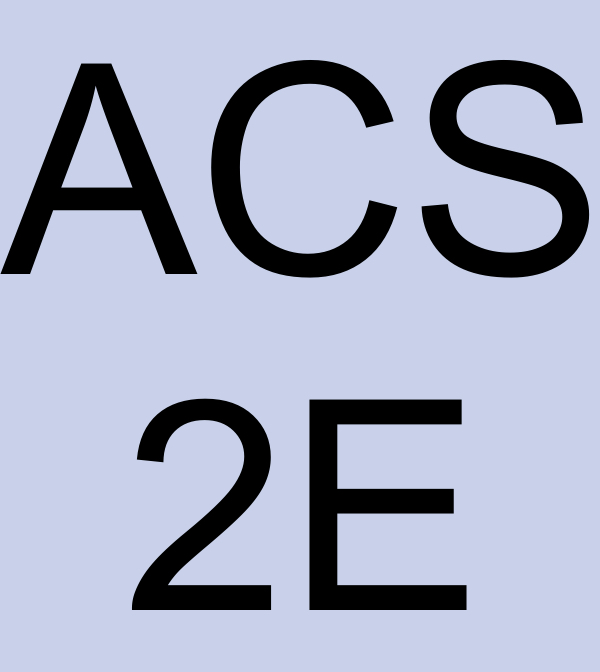Preview Activity 3.3.1.
Consider the function \(h\) given by the graph in Figure 3.3.4. Use the graph to answer each of the following questions.

(a)
Identify all of the values of \(c\) such that \(-3 \lt c \lt 3\) for which \(h(c)\) is a local maximum of \(h\text{.}\)
(b)
Identify all of the values of \(c\) such that \(-3 \lt c \lt 3\) for which \(h(c)\) is a local minimum of \(h\text{.}\)
(c)
Does \(h\) have a global maximum on the interval \([-3,3]\text{?}\) If so, what is the value of this global maximum?
(d)
(e)
(f)
(g)
True or false: every relative maximum and minimum of \(h\) on the interval \(-3 \lt x \lt 3\) occurs at a point \(c\) such that where \(h'(c)\) is either zero or does not exist. Explain your conclusion.
(h)
True or false: at every point where \(h'(c)\) is zero or does not exist on the interval \(-3 \lt x \lt 3\text{,}\) \(h\) has a relative maximum or minimum. Explain your conclusion.

